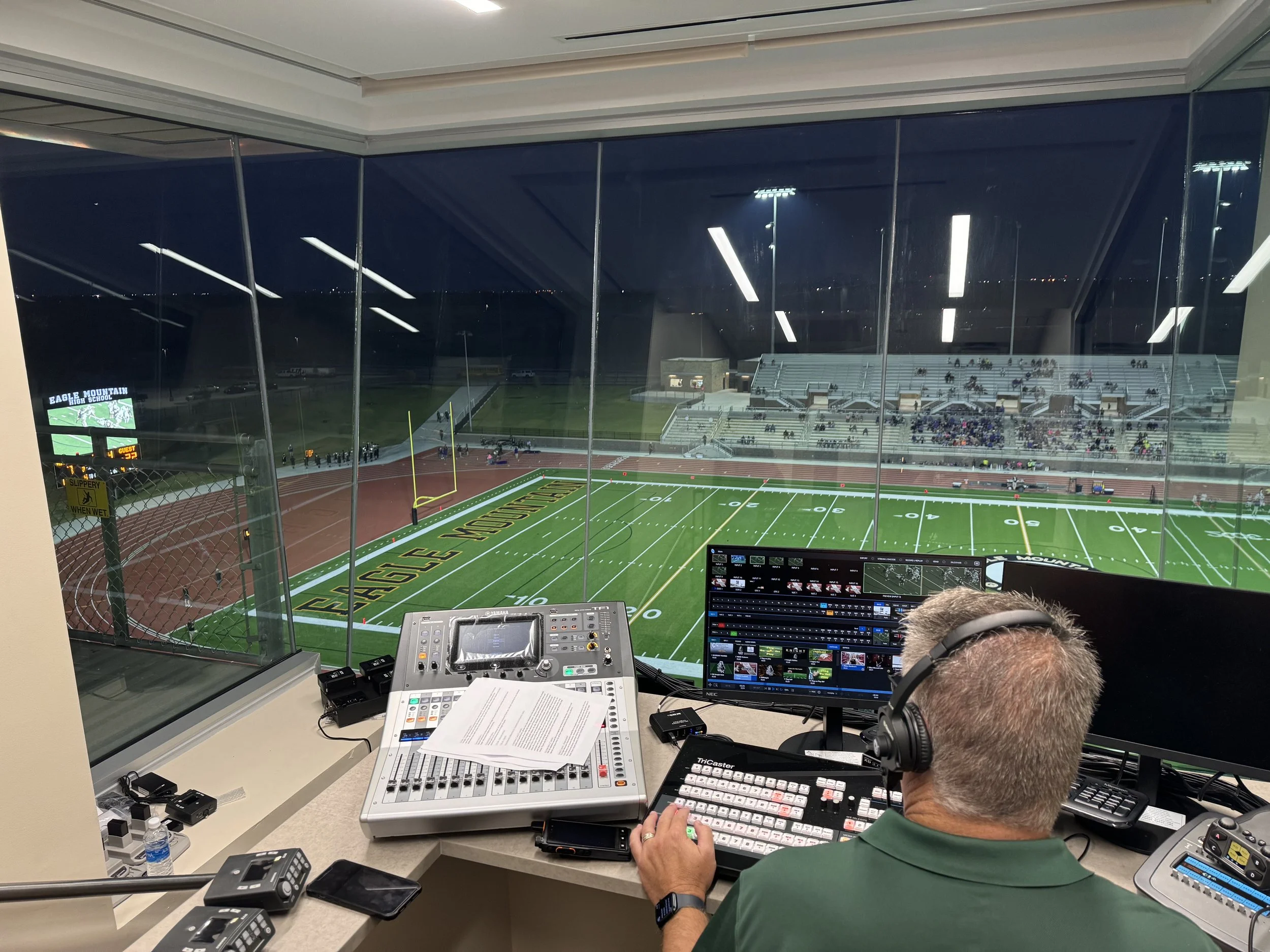Top 14 AV Trends for 2024: Stay Ahead of the Curve
The world of Audio Visual (AV) technology is constantly evolving, with new trends reshaping how businesses, institutions, and consumers engage with digital media. Here’s a rundown of the hottest AV trends to keep an eye on:
1. Collaboration and Hybrid Work Solutions
As remote and hybrid work environments become the norm, AV solutions that facilitate seamless collaboration are in high demand. From enhanced video conferencing tools to cloud-based platforms, AV technology now plays a crucial role in ensuring effective communication, no matter where employees are located.
2. Immersive Experiences with XR
Extended Reality (XR) technologies, including virtual, augmented, and mixed reality, are becoming central to creating immersive experiences. These technologies are increasingly used in fields such as education, entertainment, and training, allowing users to interact with digital environments in innovative ways.
3. AI-Powered AV Systems
Artificial intelligence (AI) is being integrated into AV systems to enhance automation, personalization, and analytics. From voice-activated controls to predictive maintenance, AI is streamlining AV operations and improving user experience.
4. Interactive Displays
Interactive screens are no longer limited to conference rooms. We’re seeing increased use of touchscreens in classrooms, retail spaces, and public venues, allowing for more dynamic, hands-on engagement with digital content.
5. Ultra-High Definition (UHD) Displays
As content quality expectations rise, UHD displays—such as 4K and even 8K—are becoming more common. These high-definition screens offer unparalleled visual clarity, making them essential for applications that require detailed imagery, such as video production, gaming, and digital signage.
6. Digital Signage Evolution
Digital signage is evolving beyond basic displays. Modern solutions integrate real-time data, dynamic content, and interactive elements, allowing businesses to offer personalized, engaging messages in retail, corporate, and public environments.
7. AV-over-IP
AV-over-IP technology, which transmits AV content via internet protocol (IP) networks, is revolutionizing how AV systems are installed and managed. This approach simplifies the distribution of audio and video content across large spaces, offering more flexibility and scalability.
8. Sustainable AV Solutions
Sustainability is becoming a key consideration in AV system design. From energy-efficient equipment to eco-friendly materials, AV providers are focusing on reducing their environmental impact while delivering high-performance solutions.
9. Cloud-Based AV Management
Cloud-based AV management systems are gaining traction, allowing businesses to monitor and control AV equipment remotely. This trend enhances flexibility, enabling administrators to manage multiple systems across different locations from a single platform.
10. 5G Connectivity
The rollout of 5G networks is expected to revolutionize AV by enabling faster, more reliable wireless transmission of high-quality audio and video. This will be especially impactful for live streaming, remote production, and other applications requiring low-latency, high-bandwidth connections.
11. Enhanced Audio Technologies
In addition to improvements in visual displays, audio technology is also evolving. Immersive audio formats such as Dolby Atmos and spatial audio are being integrated into various settings, providing richer, more realistic soundscapes.
12. Edge Computing in AV
Edge computing allows for processing data closer to its source, reducing latency and improving performance. In AV systems, edge computing helps deliver faster, more efficient services by processing content at local nodes rather than relying on distant cloud servers.
13. BYOD (Bring Your Own Device) Integration
With more people using their own smartphones, tablets, and laptops in the workplace and classrooms, AV systems are increasingly designed to integrate seamlessly with these personal devices. This allows for greater flexibility in presentations and collaboration.
14. Advanced Content Management Systems (CMS)
Content management systems (CMS) are becoming more sophisticated, enabling more dynamic and flexible control of digital content. Advanced CMS solutions allow users to manage complex AV networks and tailor content delivery in real-time, based on audience preferences and behaviors.
These 14 trends show how AV technology is becoming more intelligent, immersive, and integrated into everyday life. As these innovations continue to develop, businesses that stay ahead of the curve can expect to reap the benefits of enhanced communication, engagement, and efficiency in 2024 and beyond.


















